What You Should Know About Mixing Foundation With Moisturizer



IPSY Editors

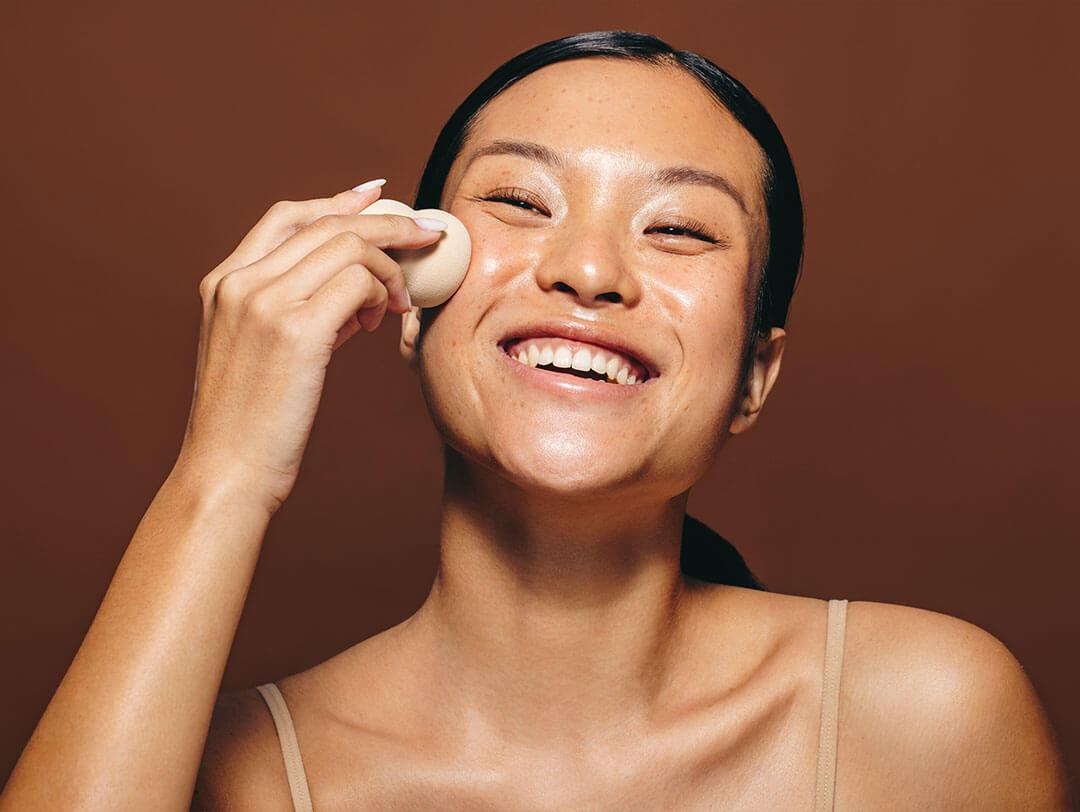
The term “skincare smoothie” has exploded all over TikTok recently, which refers to the process of mixing together two or more skincare ingredients at once in order to save time. But before it got a name, many of us were mixing together products from a young age just because we realized it improved the experience. One such example is mixing foundation with moisturizer. Those who stan this hack say that it helps to create a more dewy, hydrated look with foundation. Those who are opposed say it can rock the stability of products, thus making them less effective.
To find out what’s really going on when you mix foundation with moisturizer, we spoke with licensed medical aesthetician Carley Jamison for the scoop.


It's about glam time you treated yourself.
MEET THE EXPERT
Carley Jamison is a licensed medical aesthetician at PureMD.
Can You Mix Your Foundation With Moisturizer?
“Mixing foundation with moisturizer creating a tinted moisturizer allows you to customize the coverage and finish,” explains Jamison. It can help the wearer feel like their skin is more quenched and less dehydrated. “However,” she explains, “you need to be mindful of the formulas. Mixing a moisturizer and a foundation could possibly alter the stability of the product and lead to unwanted reactions or diminishing the properties of one of one of the products.”
To avoid your skin having a bad reaction, Jamison says you could always do patch test and see how your skin reacts. It’s also important to note that “if your moisturizer contains SPF, mixing it with foundation may dilute the sun protection, which is essential in preventing damage from harmful UV rays,” she says.
The Benefits of Mixing Foundation and Moisturizer
Customized formula: “Using a long-wearing or mattifying foundation formula in combination with a hydrating moisturizer is the best way to go,” says Jamison. “You want one product to fill in the shortcomings of the other.”
Extended longevity of makeup: Jamison says mixing foundation with moisturizer may help make your makeup last longer.
More hydrated appearance: If you have makeup that appears to flake off, adding moisturizer can help to achieve a dewy complexion.
How to Mix Foundation and Moisturizer
1. Start with clean hands: Wash your hands and dry thoroughly to ensure you’re not spreading bacteria across your skin.
2. Consider your ratio: Jamison says you can start with equal amounts of both products and adjust from there, or, depending on your coverage needs, add more of one product than the other. “As a general guideline, you can use a 1:1 ratio for sheer coverage or a 2:1 ratio for medium coverage,” says Jamison. “However, these ratios serve as starting points and can be further adjusted based on personal preference.”
3. Blend together: “You can do this by taking your finger, a beauty blender, or a kabuki brush and applying the mixture to the skin and building coverage as needed.”
4. Apply your products!
What to Avoid When Mixing Foundation and Moisturizers
Remember, if you’re ever concerned about mixing two products together, you should always consult your aesthetician and/or dermatologist before trying this out. Nowadays, foundation products are loaded with skincare ingredients, so you want to make sure you’re not doubling up on ingredients when you add a moisturizer into the mix.
“You should check for compatibility and avoid conflicting ingredients,” says Jamison. “For instance, a foundation containing active ingredients like salicylic acid or retinol shouldn’t be mixed with a moisturizer containing similar ingredients, as that could lead to irritation or over-exfoliation.”
Jamison also says that acne users should beware, as foundation and moisturizers could contain ingredients that cause breakouts. “Make sure both are non-comedogenic to start,” she says. “Heavy oils or silicones in either product should be avoided to prevent congestion or acne flare-ups.”
If you have rosacea, you also want to be mindful of irritants. “Rosacea manifests as redness, flushing, and sometimes even papules or pustules, indicating a tendency towards inflammation and irritation,” explains Jamison. “It's also really important to steer clear of products containing fragrances, alcohol, menthol, or harsh exfoliants, as these could trigger or exacerbate symptoms.”
Want in on more expert beauty tips? Take our Beauty Quiz now to get started with your own IPSY beauty subscription. Already an IPSY member? Refer your friends to earn points, which you can use toward products. Either way, don’t forget to check us out on Instagram and TikTok @IPSY.
Like this article? Share it with your friends by clicking the icons below!
Liked this post? Share!
Related Stories
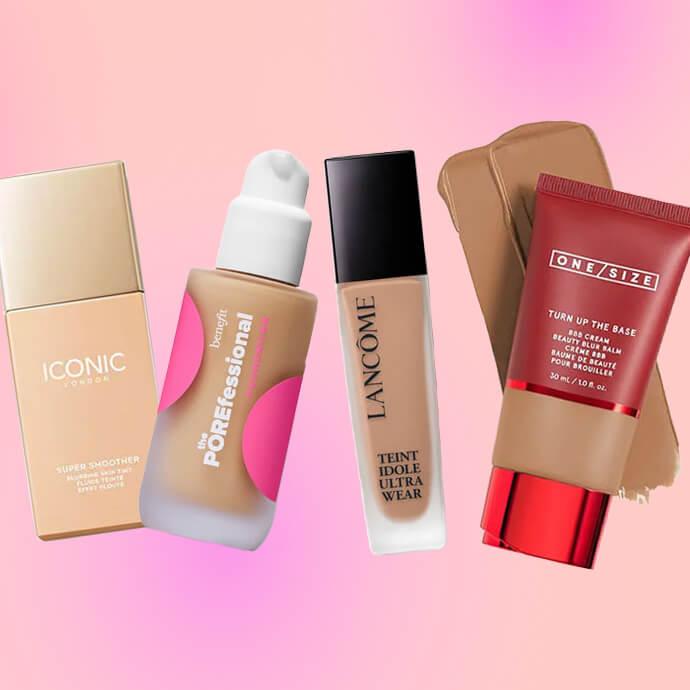
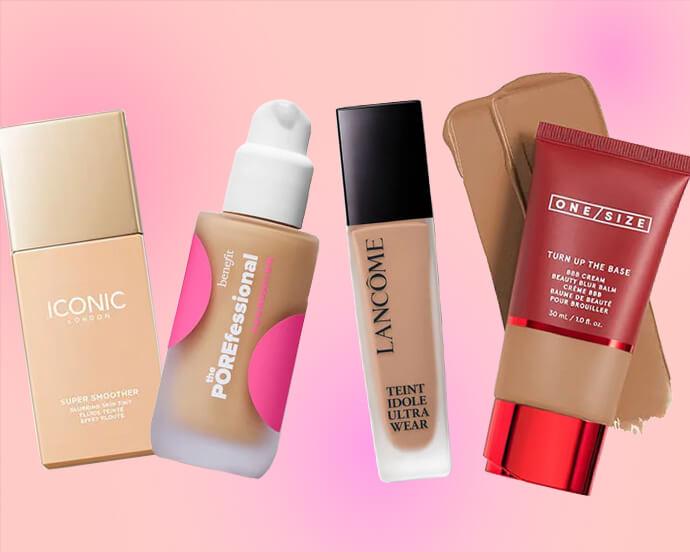
Makeup
Want an IRL Filter? These Are the Best Blurring Foundations
Published on Dec 12, 2025 • 5 min read
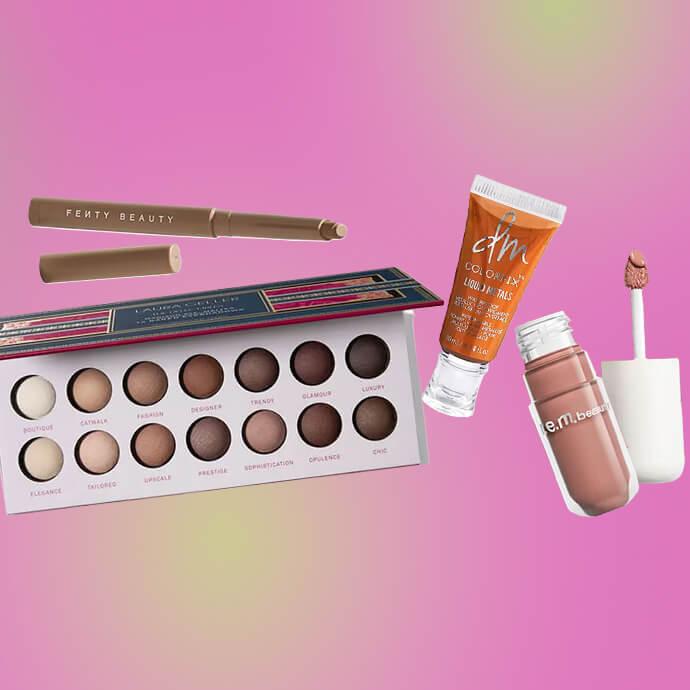
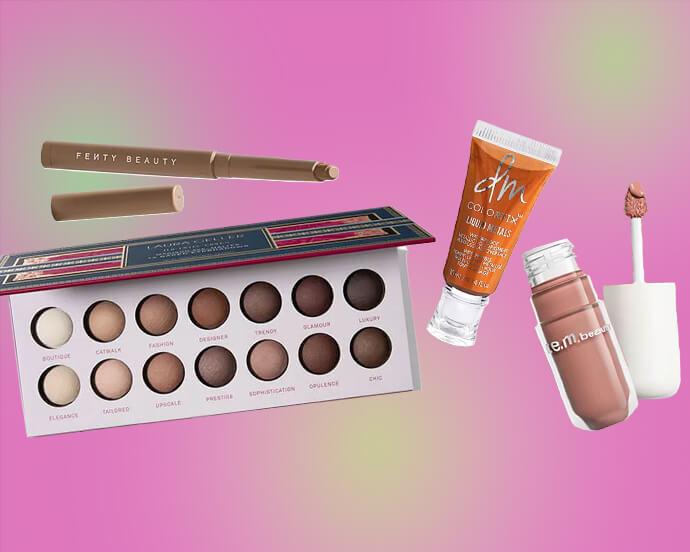
Makeup
How to Expertly Apply Eyeshadow on Mature Skin
Published on Dec 10, 2025 • 6 min read

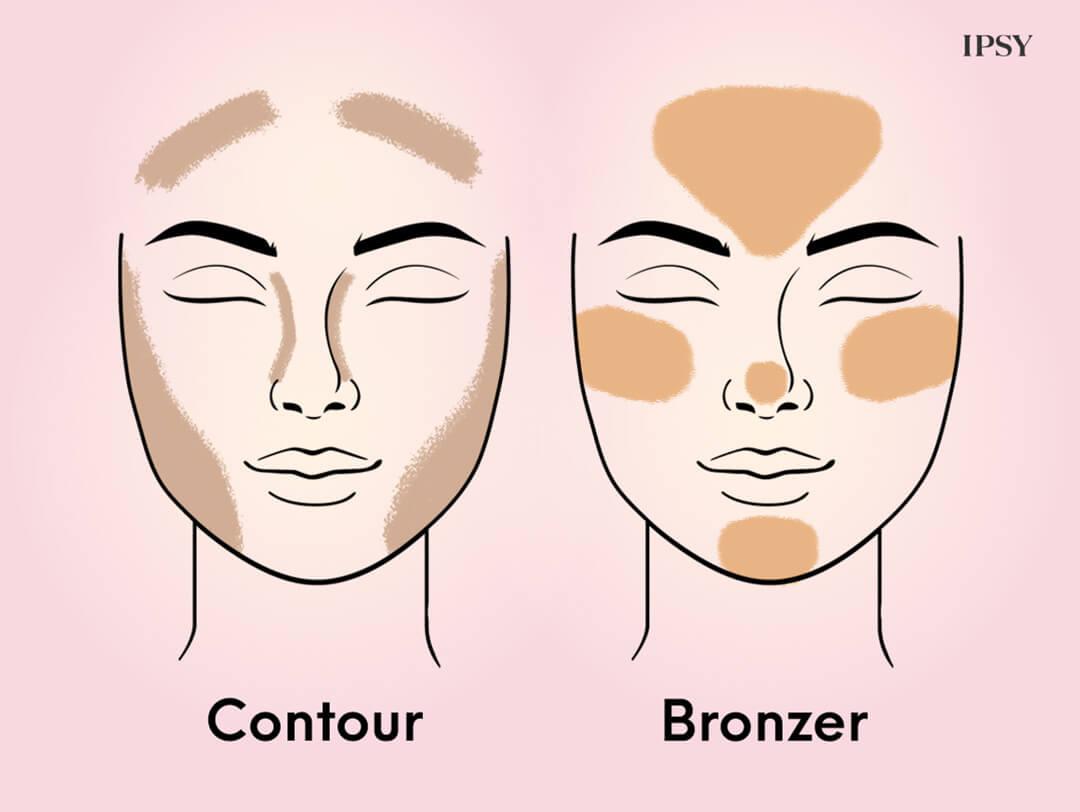
Makeup
How to Use Bronzer and Contour to Sculpt Your Face Like a Pro
Published on Dec 5, 2025 • 9 min read


Makeup
Makeup for Older Women That Works With Your Skin, Not Against It
Published on Dec 1, 2025 • 12 min read


Makeup
2026’s Biggest Makeup Trends Are a Maximalist Dream
Published on Dec 1, 2025 • 8 min read


Makeup
2025’s Biggest Makeup Trends: Go Big or Go Home
Published on Dec 13, 2024 • 7 min read


Makeup
16 New Year’s Eve Makeup Ideas to Fashionably Ring in 2026
Published on Nov 25, 2025 • 10 min read


Makeup
Your 2026 Beauty Horoscope Is Here—and the Stars Are Serving Looks
Published on Nov 25, 2025 • 9 min read


Beauty Picked Just for You
Get 5 products worth up to $70
Plus exclusive access to epic deals up to 80% off
Starting at just $14/month. Cancel anytime.